A sunbeam journey to a lesser-known corner of our world whisks us away to the charming village of Tiébélé. Cradled comfortably at the foot of a rolling hill, with the boundless Savannah unfurling like an endless parchment of vibrant tales, this African haven in Burkina Faso holds a timeless charm.
It’s been home to the Kassena people since the 15th Century, a community rich in culture, nobility, and history, rightfully claiming the mantle of one of Burkina Faso’s oldest ethnic groups.
Back in 2009, two fortunate explorers, photographer Rita Willaert and travel blogger Olga Stavrakis, made their way into this cultural treasure chest, joining the limited club of outsiders who’ve had the privilege of stepping into this preserved sanctuary.
This wasn’t any ordinary jaunt, though. An intriguing dress code laid the ground rules for the visit: no red attire and definitely no umbrellas! Why? Well, because these privileges were exclusively kept for the noble family of Tiébélé. A breach of this decorum would be akin to a diplomatic faux pas.
The African village of Tiébélé is home to the Kassena people
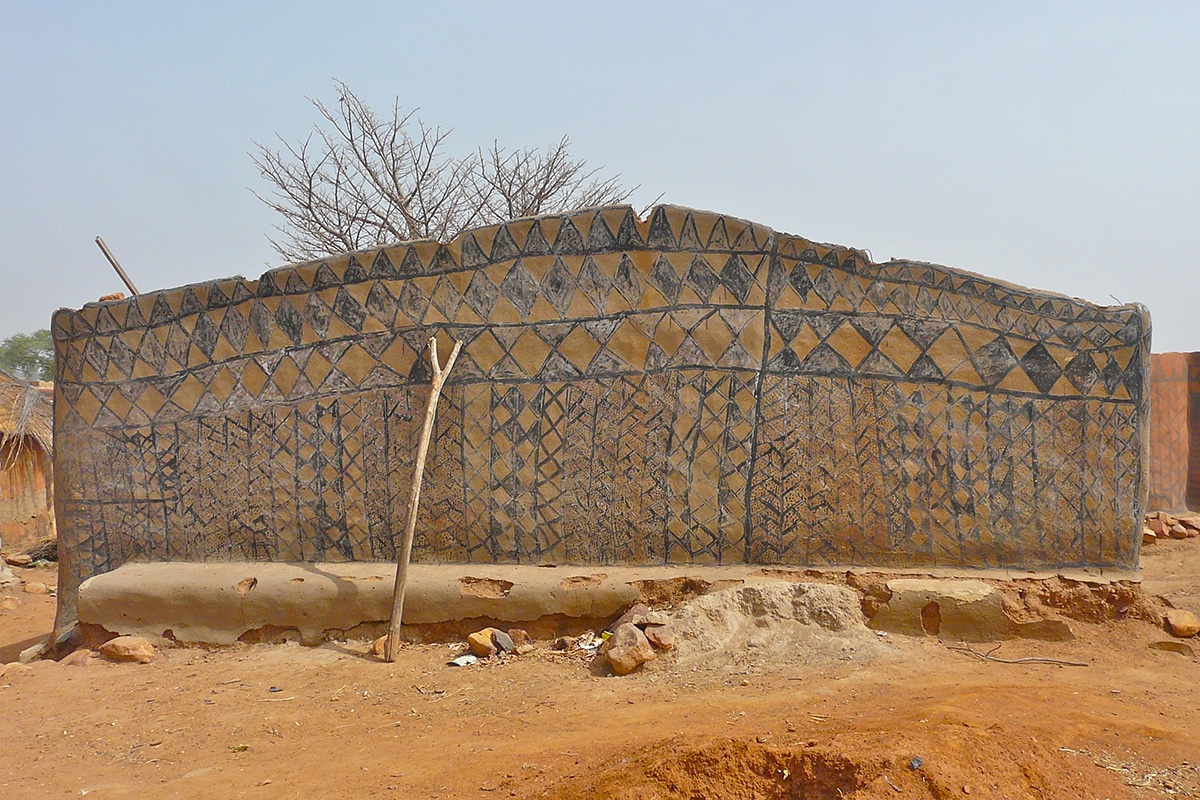
Expectations of opulence associated with the term “royal” are quickly cast aside here. In Tiébélé, the royal dwellings are modest clay homes, made beautiful by a kaleidoscope of hand-painted geometric patterns and symbols, all created with natural clay paints.
These vibrant decorations are the ‘social media profiles’ of Tiébélé, differentiating the noble houses from those of other residents. A fascinating quirk is the size of the doors—smaller for protection, with the chief’s house having the smallest. Among the splendidly decorated structures, some are not homes but peaceful mausoleums for their departed.
Inside these rustic abodes, kitchens are adorned with the basics: a few indispensable clay and iron pots. Here, most meals involve a single pot over a brazier, creating delightful dishes such as the staple ‘foofoo’—a thick paste akin to porridge, served with a punchy vegetable and pepper sauce. A culinary status symbol, the more ingredients in the sauce, the wealthier the family.

The village’s chief and royal court live in small clay houses that are hand-painted in different geometric patterns that symbolize a person’s importance

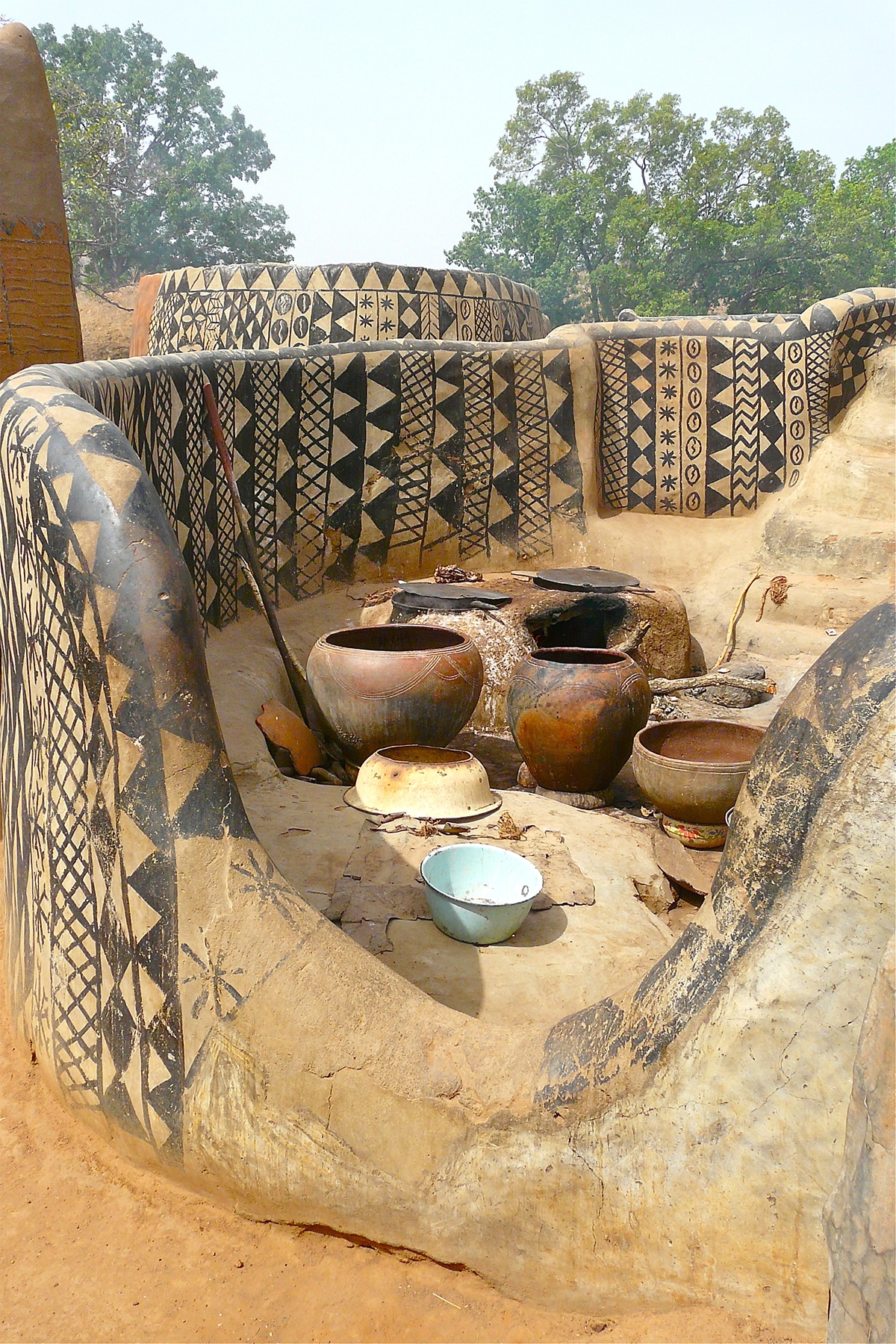
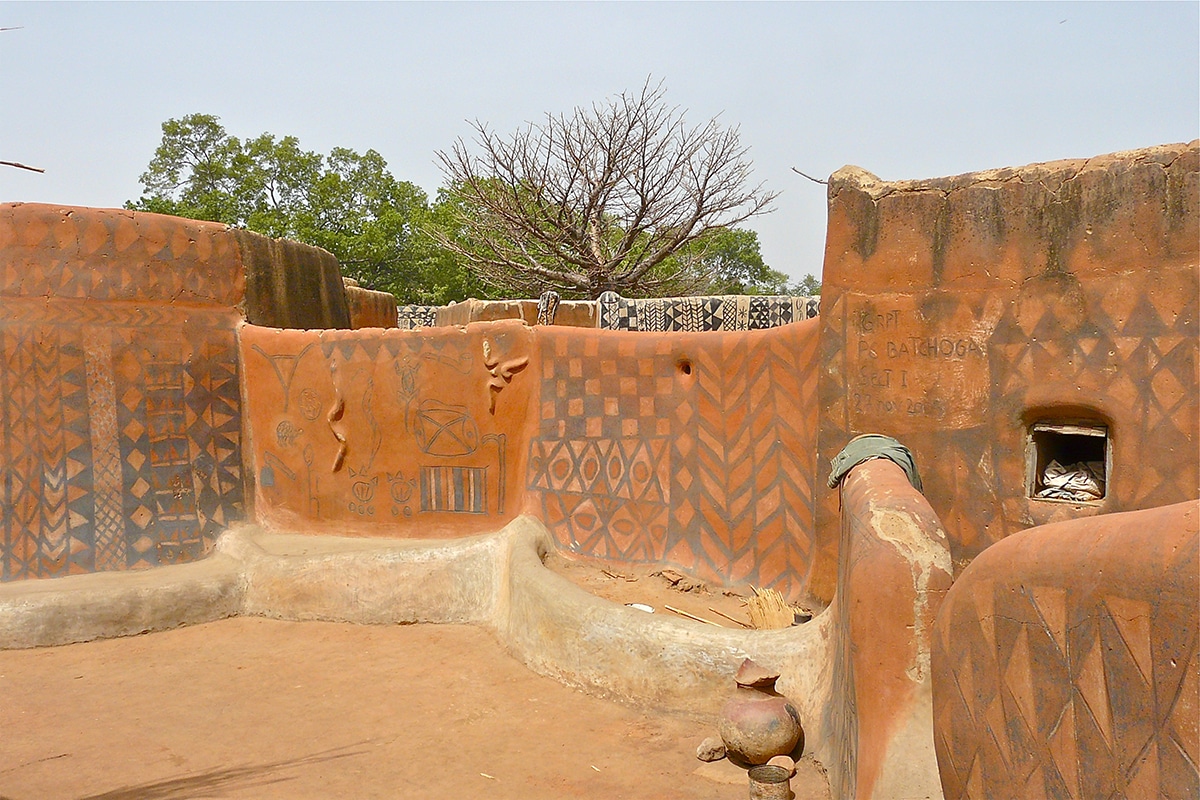

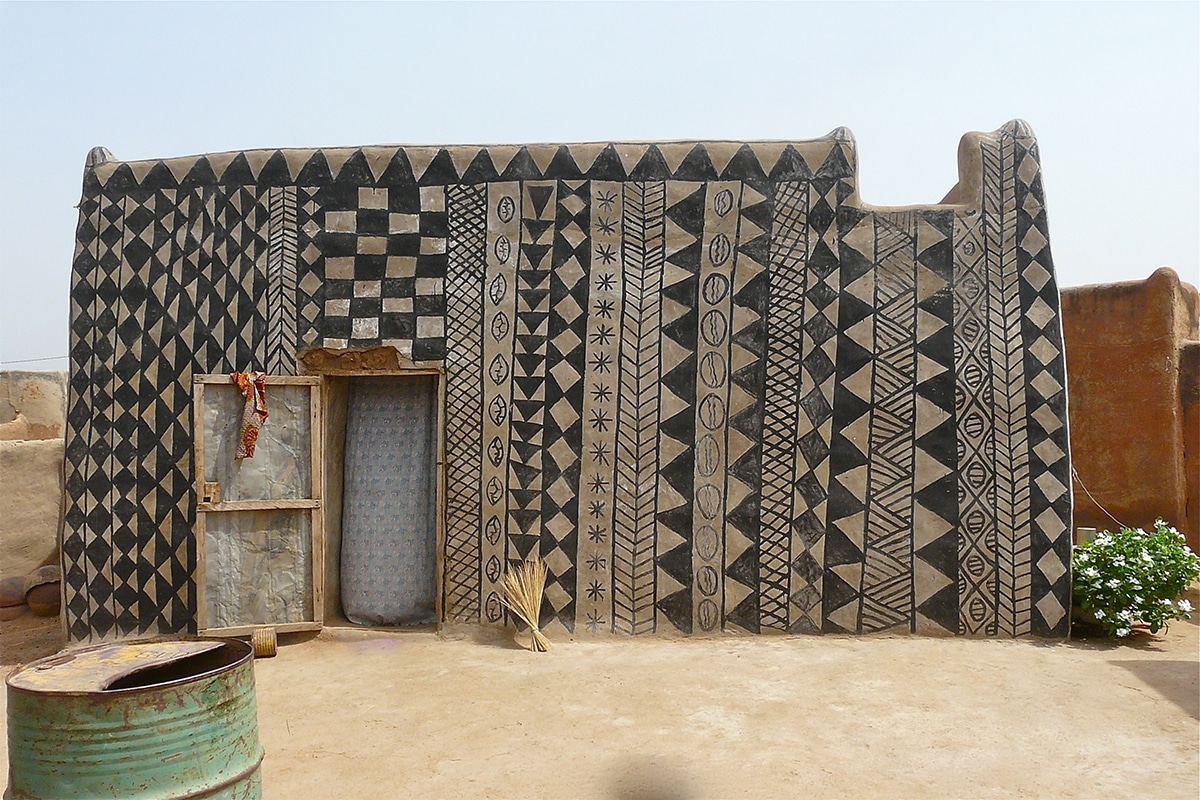
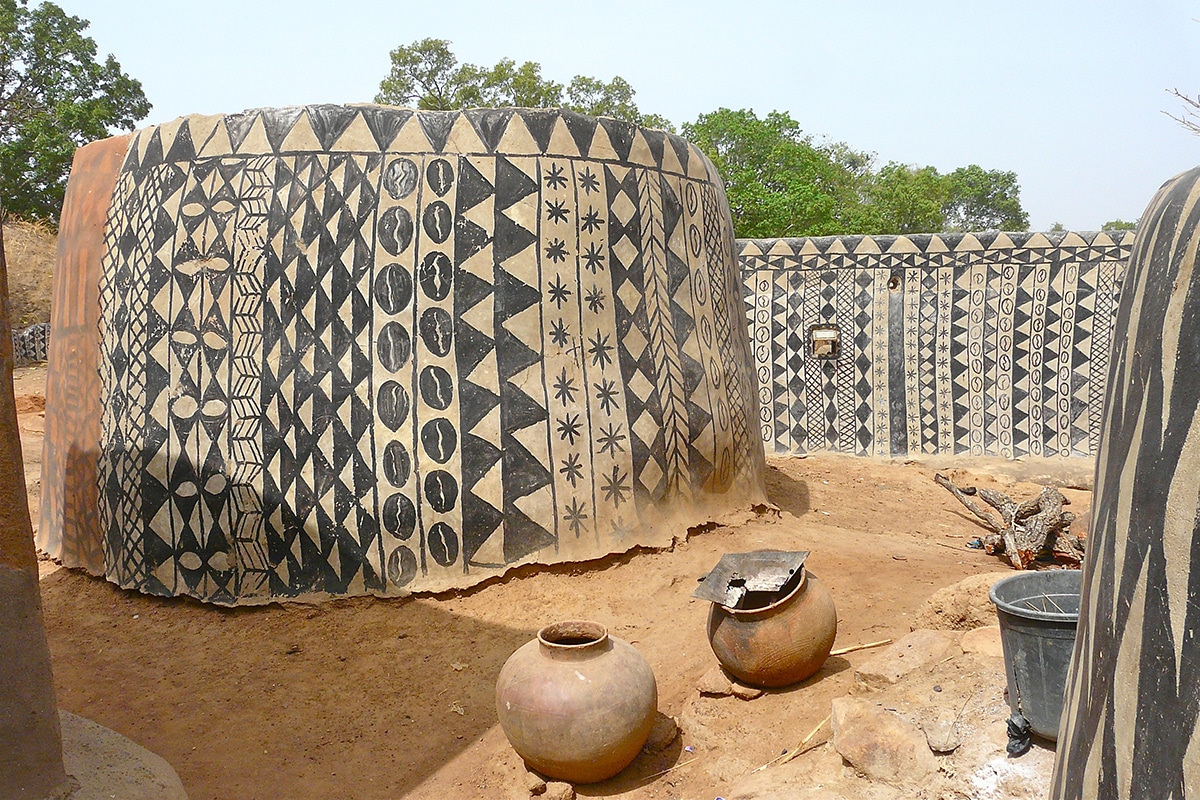


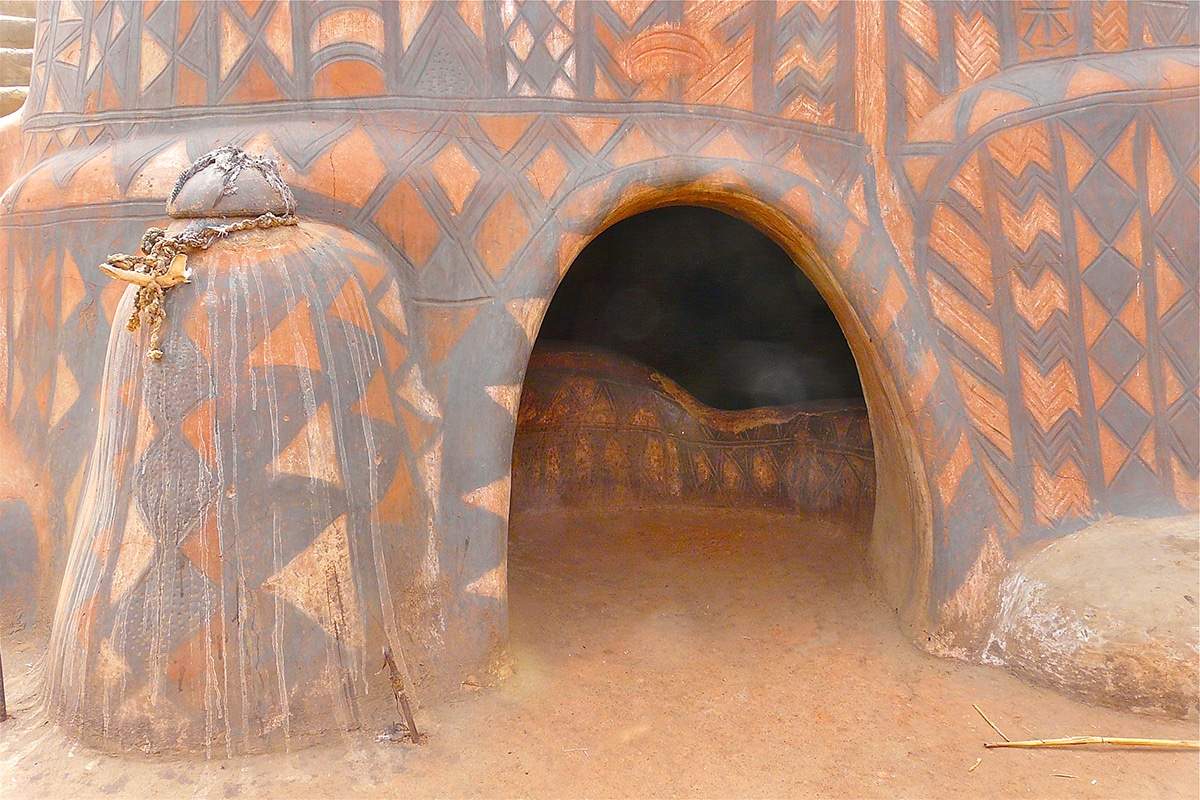
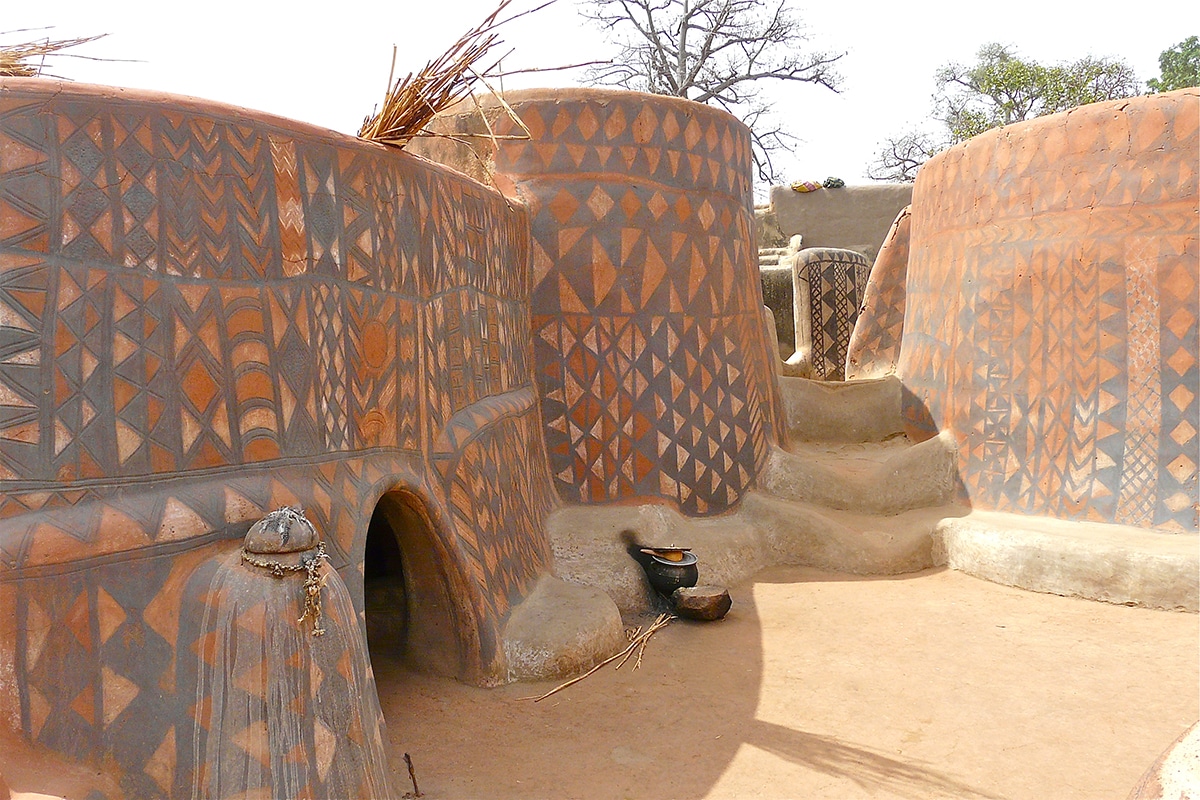
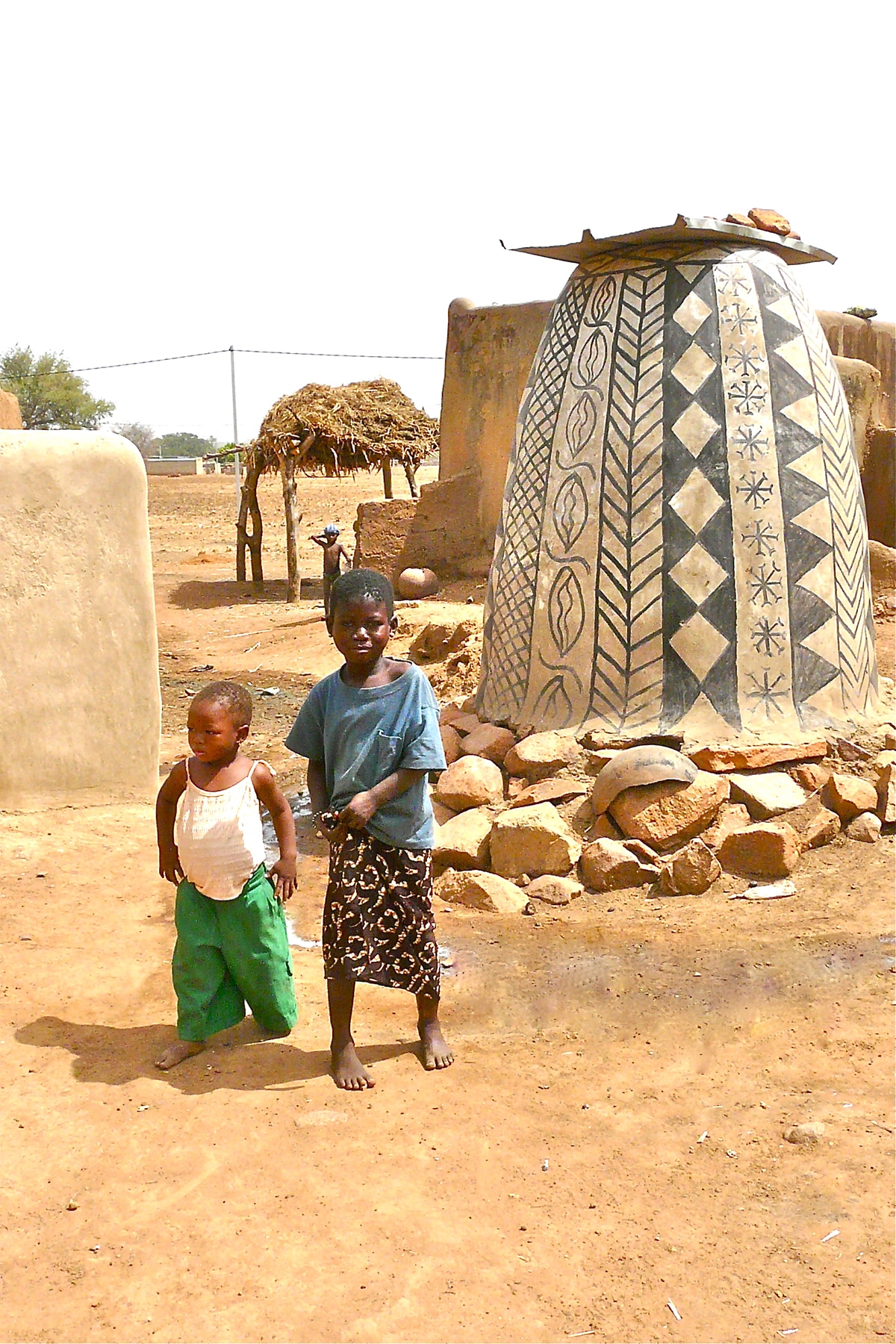
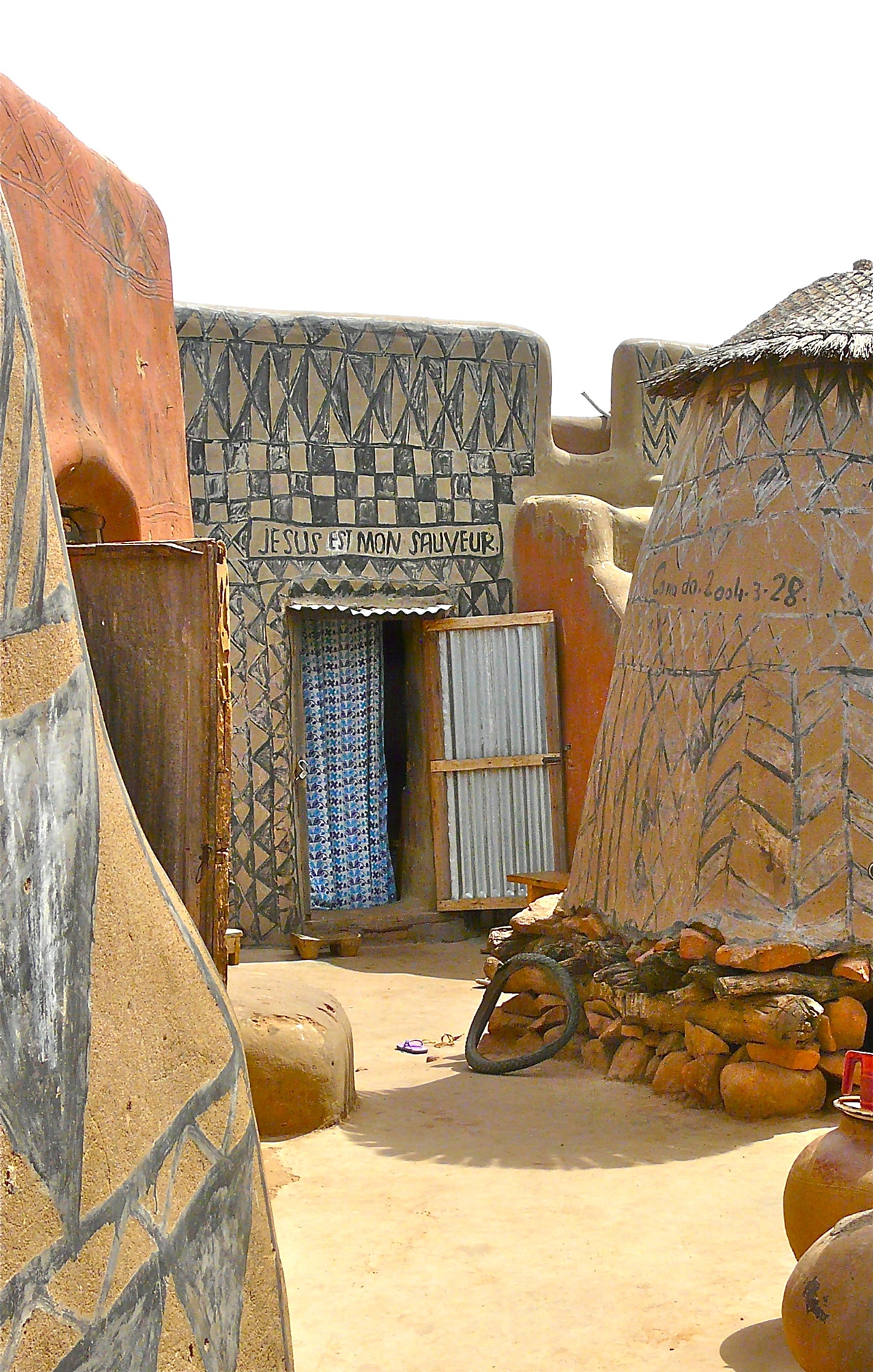
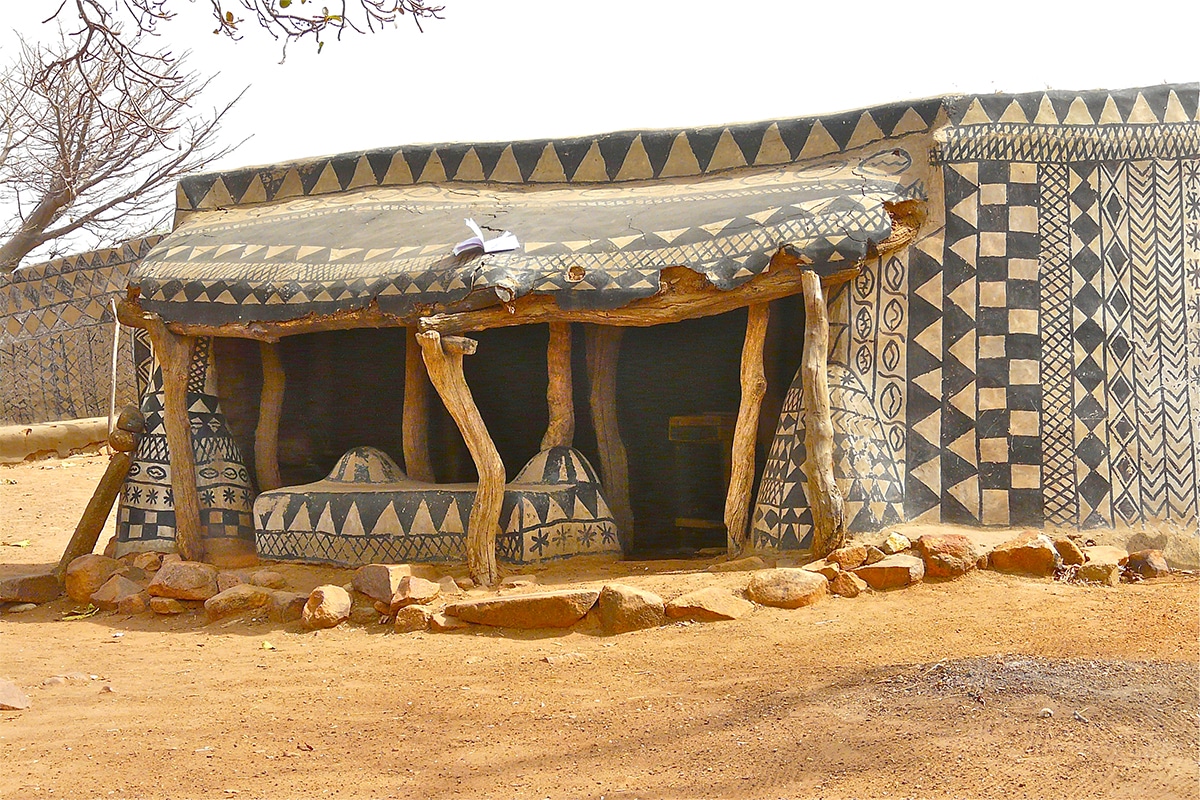
To enjoy a rich pictorial representation of this enchanting West African sojourn, one could visit Willaert’s Flickr account. For deeper insights and mesmerizing accounts of the Tiébélé adventure, there’s Stavrakis’ blog, Travel with Olga, serving a delightful mix of travelogues.
Photo credits: Rita Willaert
- Share On Facebook
- Like
- Digg
- Del
- VKontakte
- Flattr
- Buffer
- Love This
- Odnoklassniki
- Meneame
- Blogger
- Amazon
- Yahoo Mail
- Gmail
- AOL
- Newsvine
- HackerNews
- Evernote
- MySpace
- Mail.ru
- Viadeo
- Line
- Comments
- Yummly
- SMS
- Viber
- Telegram
- Subscribe
- Skype
- Facebook Messenger
- Kakao
- LiveJournal
- Yammer
- Edgar
- Fintel
- Mix
- Instapaper
- Copy Link

